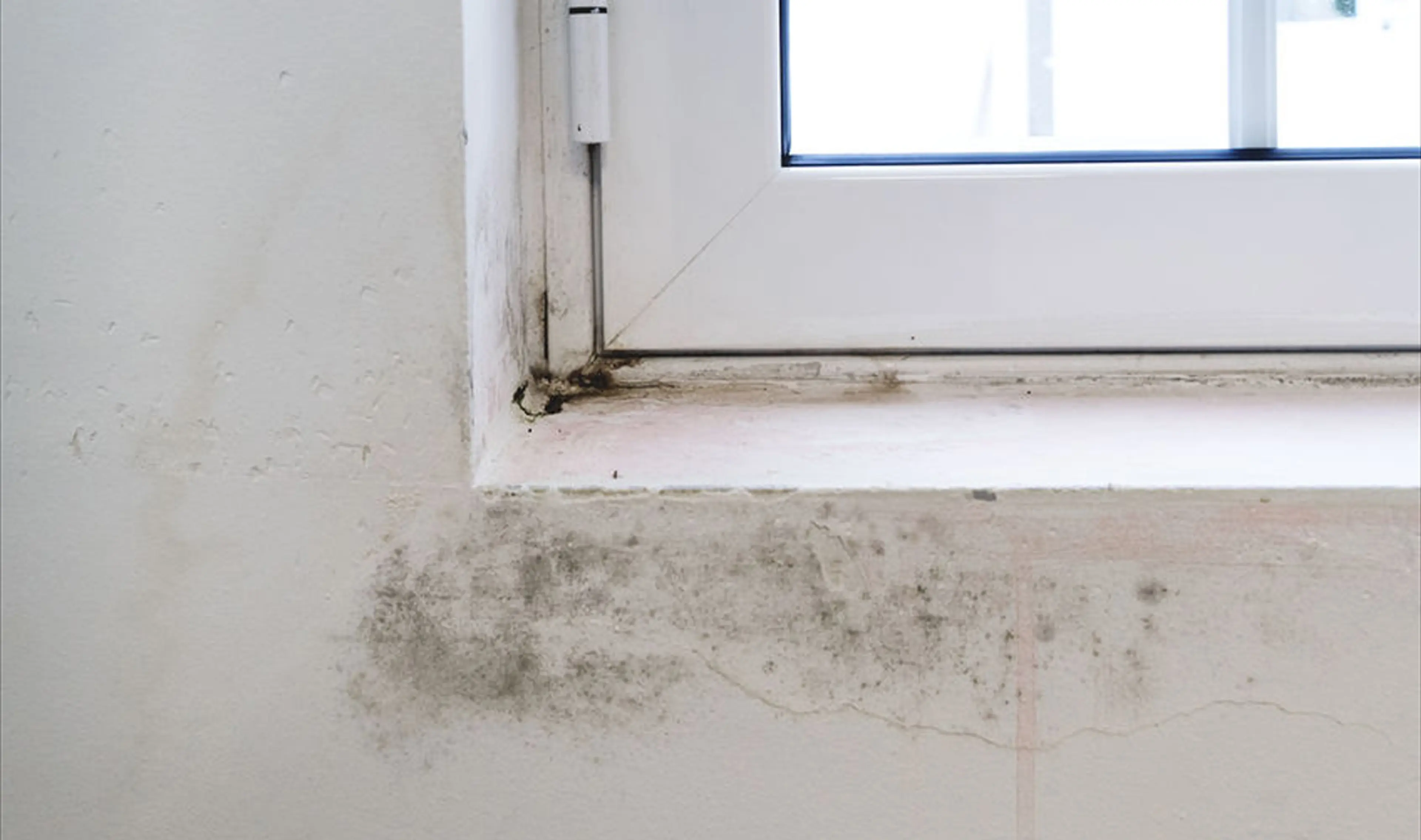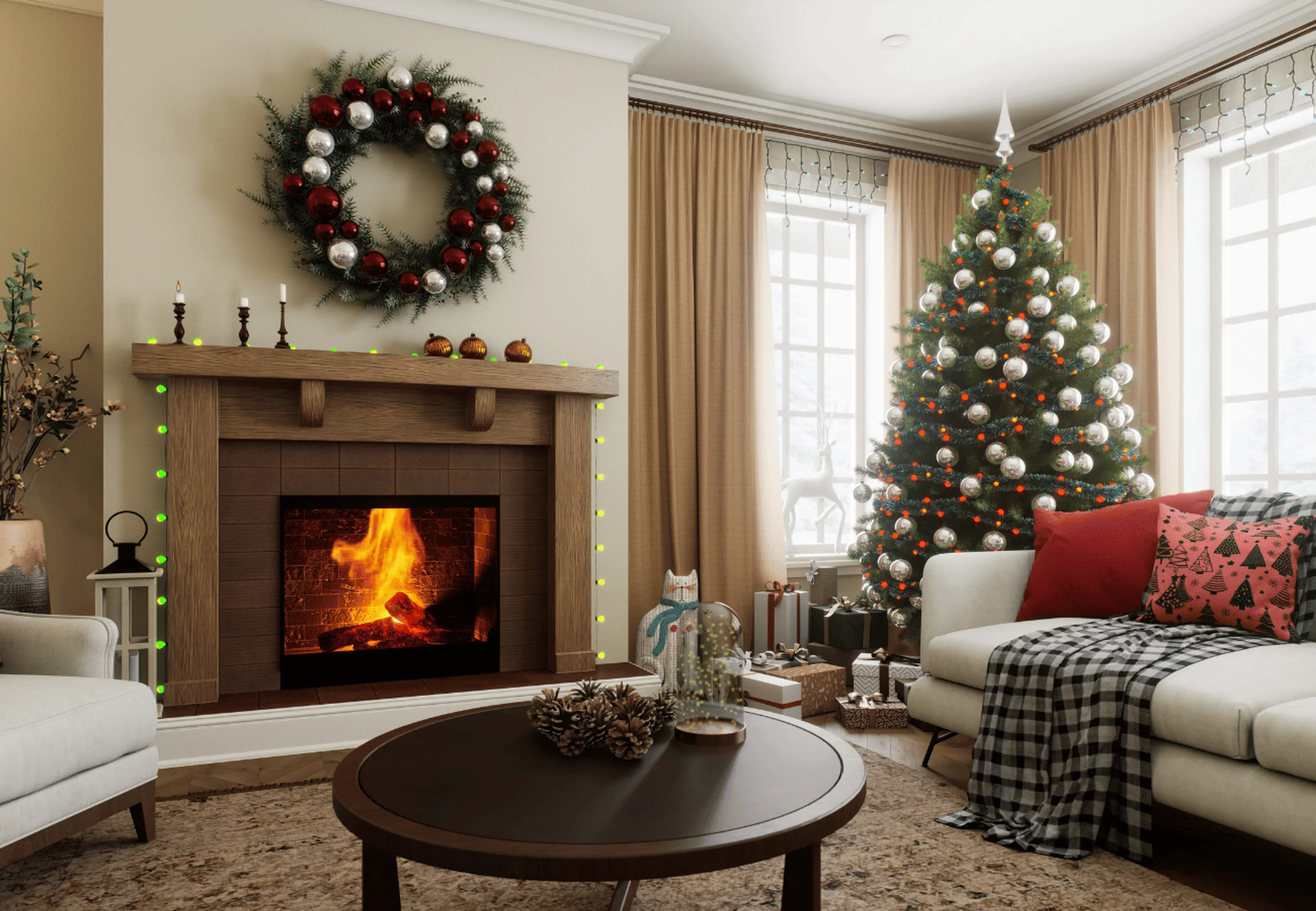What Is Wall Dampness And Why Should You Be Concerned?

 Mar , 2025
Mar , 2025- Berger Speaks
- 4 Min Read
Wall dampness refers to excess moisture in walls, usually due to water seepage wall issues, water infiltration, or leakage. Understanding the common causes of wall seepage and learning to spot signs of moisture inside walls early on is key to maintaining a safe and healthy home. If you're experiencing ongoing issues, it might be time to explore a solution for water seepage in walls to prevent further damage. Let us read this blog to know more about wall dampness, why it is a matter of concern, and ways to get rid of it:
Common Causes Of Wall Dampness
There are several common ways in which moisture builds up inside walls, leading to wall seelan solutions and long-term damage.
1. Water Seepage Through Walls
Faulty construction, cracks/gaps, poor waterproofing of the exterior facade, leaking pipes within walls, flooding, heavy rain, and groundwater infiltration can all cause water seepage wall problems. This leads to wall seepage, damp patches, discolouration, peeling paint, and ideal conditions for mould wall treatment. If left untreated, water seepage in walls treatment becomes necessary to prevent further damage.
2. Rising Moisture From The Ground
Ground moisture can rise through porous building materials via capillary action, a process known as rising damp. This causes moisture in walls to accumulate, leading to wall seelan solutions. Left untreated causes extensive decay and salt crystal deposits, requiring proper wall seepage solutions to prevent further deterioration.
3. Poor Ventilation And Condensation
It occurs when warm, moist air meets a cold surface, resulting in dampness in wall structures. Daily indoor activities like cooking, showering, and breathing produce water vapour that condenses on cold wall surfaces into water droplets. Over time, this moisture in walls leads to mouldy wall treatment and damages paint/plaster. Poor ventilation can worsen wall damping, leading to persistent dampness in room conditions.
Signs Your Home Is Affected By Wall Dampness
How can you tell if your home suffers from hidden moisture inside walls? Here are three clear signs that indicate you need wall seepage solutions:
1. Peeling Paint And Wall Discolouration
If you notice paint starting to crack, bubble, or peel off sections of a wall, it likely means wall seepage is causing the plaster to swell. In some cases, you will also see dark stains or yellowish discolouration, which is a common indication of seepage in wall structures. This signals the need for proper wall seepage treatment before the issue worsens.
2. Mould Growth And Unpleasant Odors
That dark, furry growth and musty smell are big red flags for black mould wall formation. Mould and mildew thrive in environments where moisture inside walls is present. If you see fuzzy black patches in corners, ceiling edges, or where walls meet the floor, you likely need mouldy walls treatment. The presence of a damp, earthy stench indicates that wall seepage solutions are required to remove mould at its source.
3. Cracks And Structural Weakness
Look for unusual vertical cracks, especially stair-step diagonal cracks on outside corners. Prolonged wall seepage causes wooden frames to rot and masonry to weaken over time. These cracks indicate wall damping is affecting the foundation, requiring immediate wall damping solution methods to prevent further structural deterioration.
How To Get Rid Of Wall Dampness
Effectively treating wall seepage involves diagnosing the exact cause and source of moisture in walls. Based on inspection findings, any one or a combination of these wall seepage treatment methods may be recommended:
1. Sealing Wall Cracks And Gaps
Identifying and sealing all cracks or gaps in exterior walls and joints using commercial sealants prevents seepage in wall materials. Proper surface preparation is crucial to ensure that wall seepage solutions adhere well and last long.
2. Applying Waterproof Coatings
Speciality paints and coatings with water-repelling chemicals allow walls to breathe while blocking water seepage wall problems. These coatings help dry out moisture inside walls over time and prevent further wall seepage treatment needs. Proper prep work is vital for long-lasting moist wall solution results.
3. Pressure Grouting For Deep-Seated Seepage
Injecting waterproofing polymer/cement grouts under pressure into hairline cracks or crevices forms an internal barrier, reinforcing the structure and preventing moisture in walls from spreading. This wall damping solution ensures better long-term stability.
4. Guniting For External Wall Protection
Guniting involves spraying external wall surfaces with concrete/mortar to provide a reinforced, water-resistant protective layer. This method is a strong wall damping solution after thorough surface preparation.
5. Installing Damp Proof Course (DPC)
This method entails cutting out visibly damp sections and integrating a physical moisture barrier membrane within the wall. It prevents dampness in wall structures from recurring and is one of the most effective walls seelan solutions.
6. Improving Air Circulation And Dehumidification
To maintain safe indoor moisture levels, condensation issues are addressed through better ventilation, exhaust fans, wall vents, and dehumidifiers. These strategies help control moisture inside walls and prevent dampness in room problems from developing into more serious issues requiring mouldy wall treatment.
When Should You Seek Professional Help?
While DIY fixes may seem quick and cheap, they rarely resolve the root causes behind wall seepage. Seeking professional wall seepage solutions is advisable in these instances:
1. Persistent Seepage Issues
If you keep dealing with wall seepage or see moisture in walls reappearing despite cleaning and quick fixes, it likely means water seepage wall issues are coming from a hidden source. Your best bet is to call in wall seepage treatment professionals to permanently detect and seal the problem.
2. Large-Scale Structural Damage
Extensive cracks, sloping floors, crumbling plaster, or sections of damaged walls indicate wall damping has critically impacted the strength of building materials. Attempting DIY fixes without determining the full extent of moisture inside walls can worsen the situation. Getting professional wall seepage solutions is crucial in such cases.
3. Health Hazards Due To Mould And Mildew
Breathing difficulties, skin irritation, wheezing, or persistent coughs might be linked to black mould wall spores from moisture inside walls. If necessary, get your home tested and inspected by experienced contractors specialising in mouldy wall treatment to ensure safe removal.
Conclusion
To prevent the outcome of wall dampness, it is crucial to observe early signs of seepage in wall structures and promptly take corrective steps. Professional wall seepage solutions that permanently seal external cracks, gaps, and entry points should be combined with ongoing preventive DIY maintenance of interior spaces. This dual approach guards against humid conditions and preserves building integrity in the long run.
check for any query you have about the blog
Frequently Asked Questions
Sealing external cracks and gaps, applying waterproof cement coating, and installing moisture barrier membranes internally provide a permanent solution for damp walls.
Identifying and blocking the water entry points using sealants and replacing damaged masonry sections stops further dampness ingress through walls.
Quick-drying sprays, dehumidifiers, ventilators, and special paints speed up moisture evaporation from damp walls for faster DIY drying.
Yes, damp plaster can be treated by sealing affected areas and allowing moisture to permeate outwards over time without needing plaster removal.
Applying a sand/cement waterproof render coat externally produces a water-resistant layer, preventing rising damp from permeating inwards.





